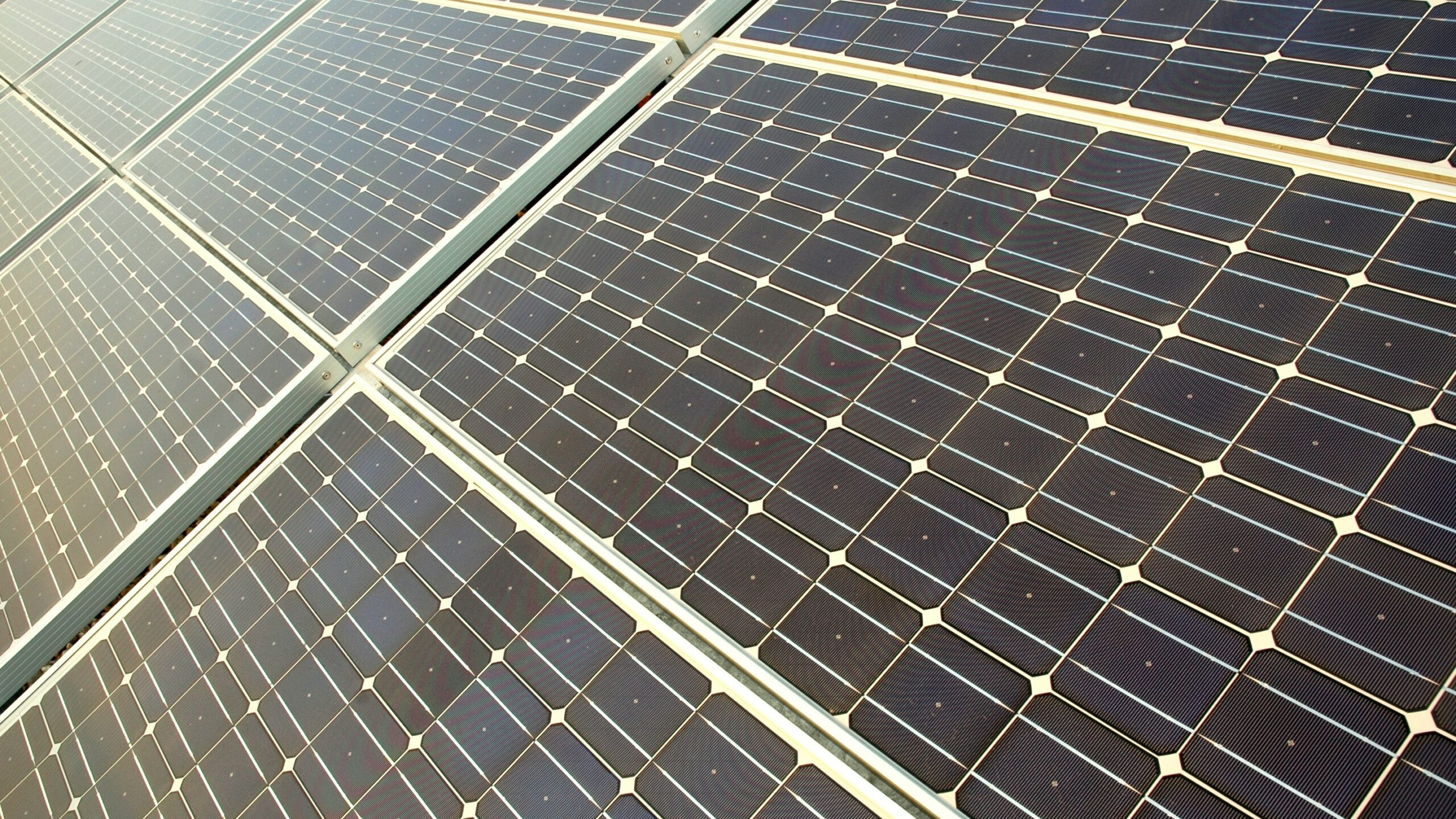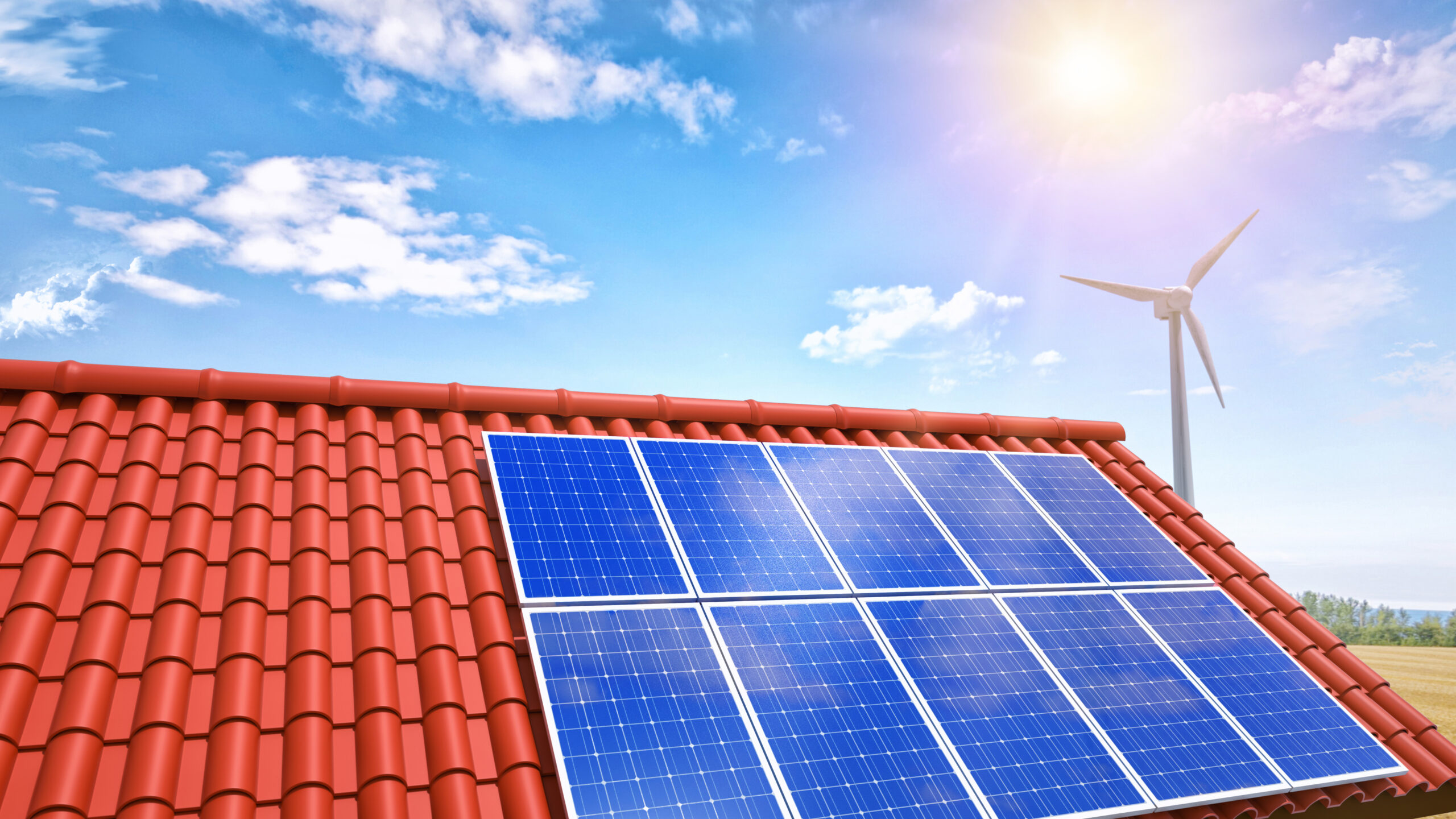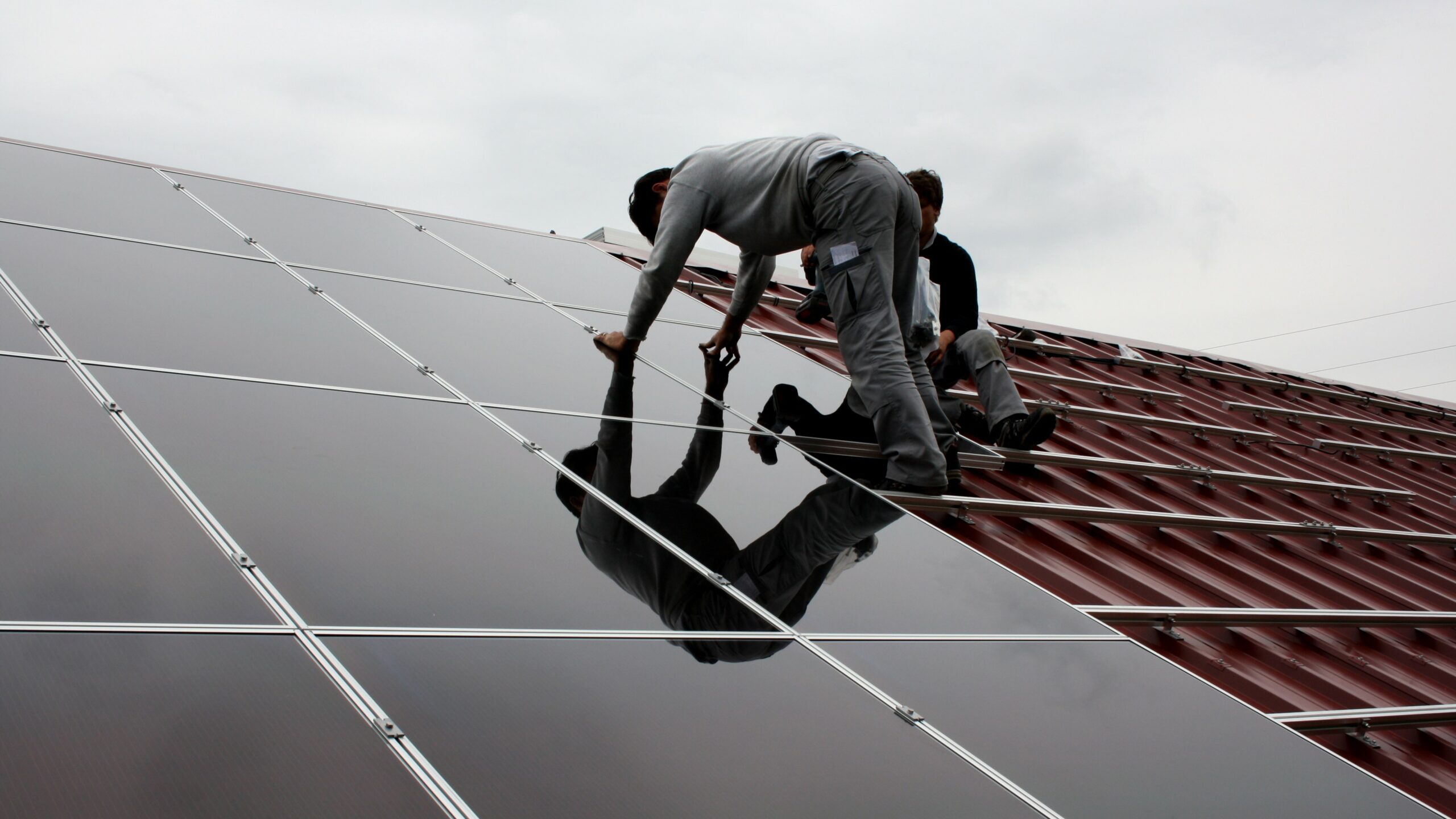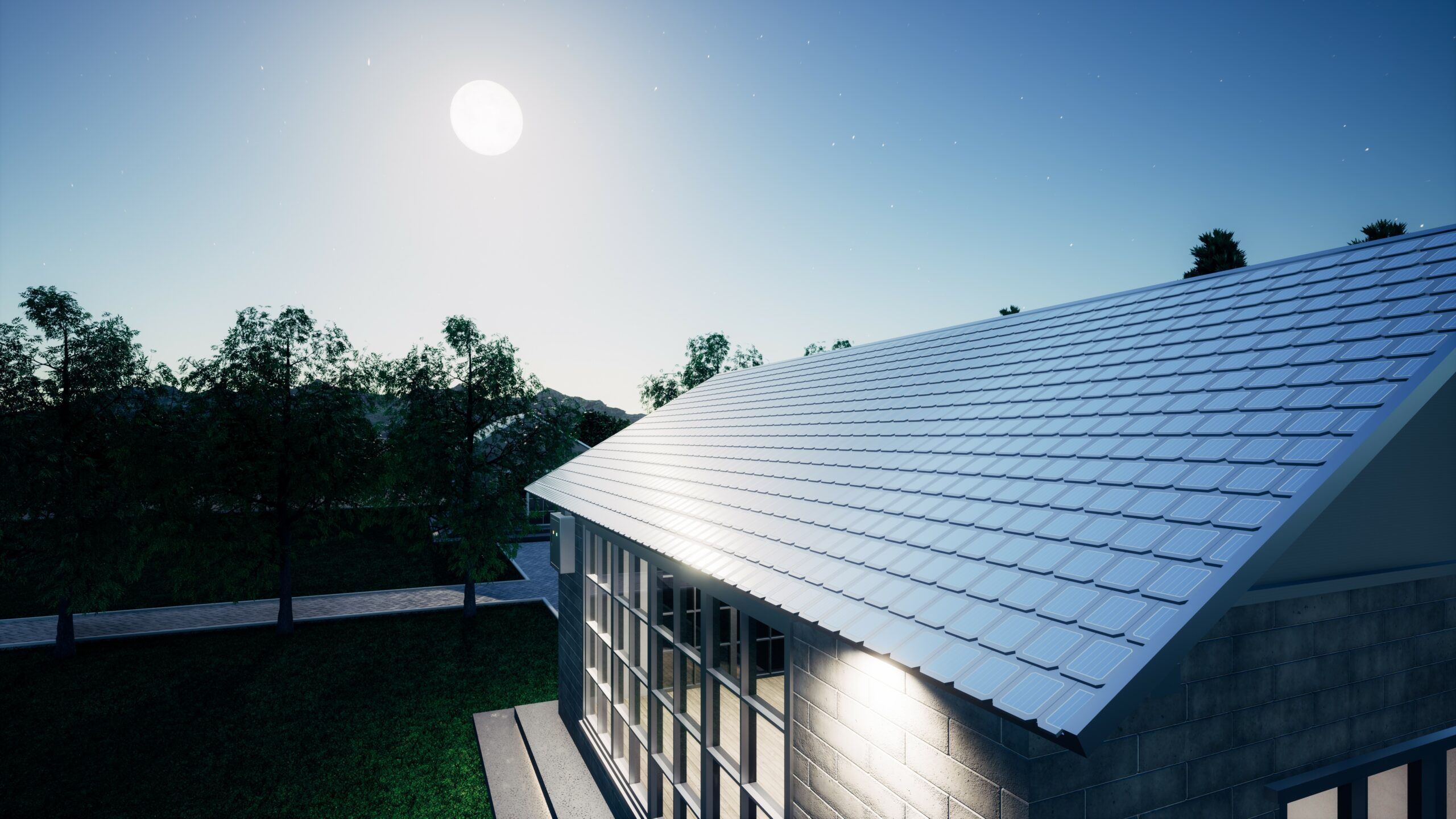Deciding to go solar might be a no-brainer, but steering the installation process and choosing the best panels for your home can feel overwhelming. The first step is to acquaint yourself with the four main types of solar panels used for residential homes.
Monocrystalline solar panels are aesthetic, offer the best efficiency rate, and last the longest. Polycrystalline is a cheaper but less efficient alternative. Thin-film panels are the cheapest option but have a much lower power capacity and are commonly only used for smaller home projects.
From commonly used monocrystalline and polycrystalline panels to lightweight thin-film panels and innovative solar roofing shingles, here’s the ultimate guide to the types of solar panels homeowners should know about to ensure you choose the best solar system for your home.
4 Types of Solar Panels for Homeowners
There are four common types of solar panels used for residential use:
Each type of solar panel has different characteristics, materials, costs, and efficiency ratings. Monocrystalline and polycrystalline solar panels are mainly used for home installations, while thin-film panels are lightweight alternatives commonly used for smaller household solar projects, like powering an RV or shed.
A fourth choice, solar tiles or shingles, is a pricier but very enticing choice if your budget allows it. This newer technology is not only energy-efficient but offers a sleek aesthetic design that blends right into the roofing material.
Here’s a breakdown of the different types of solar panels that homeowners should know about.

Monocrystalline Solar Panels
Monocrystalline panels are the most popular solar choice for homeowners. Although more expensive than other residential-friendly solar panels, they are the most efficient.
Also referred to as mono panels, monocrystalline solar panels are made from monocrystalline solar cells. Each cell is made of a pure silicon crystal with a cylindrical shape known as an ingot. The ingot is sliced into thin wafers and cut along the edges to form octagons.
Monocrystalline solar panels are the most efficient material for converting sunlight into energy. They are also the most space-efficient models on the market.
The panels feature a dark black tone that blends well into most homes’ color scheme, making it less noticeable. Mono panels are also durable and long-lasting, with an estimated lifespan of up to to 40 years. The panels generally have an efficiency range of around 15% to 20%, with several newer experimental models – PERC (passivated emitter and rear cell) – reaching close to 50%.
Innovative PERC solar panels offer up to double the efficiency of traditional monocrystalline due to an additional silicon layer added to the panel’s backside to increase energy absorption.
Monocrystalline panels are a fantastic option for homeowners with a small roof but still want to maximize energy production.
The downside? Monocrystalline solar panels require a significant upfront investment. All four sides of a monocrystalline cell are cut during production, resulting in a large amount of waste.
Pros | Cons |
|---|---|
Most efficient | More expensive |

Polycrystalline Solar Panels
Polycrystalline solar panels are made of individual polycrystalline solar cells. Like monocrystalline cells, the cells are made from silicon crystals. However, polycrystalline cells contain multiple small silicon fragments instead of extruding a single pure ingot. These fragments are melted, cooled, and connected to create thin wafers of solar cells.
The process is less taxing and precise, allowing faster and more cost-effective production. However, the panels operate less efficiently because the silicon fragments offer less room for the electrons to move around than whole, pure crystals.
Also known as poly panels, polycrystalline panels typically have an efficiency rating between 13% and 16%. It may seem like a small percentage difference compared to monocrystalline panels, but the difference accounts for a large total when compounded across a number of solar panels.
Polycrystalline solar panels are recognized by their distinct blue tone. These panels are larger and require more roof space than monocrystalline panels. Poly panels last around 25 to 30 years.
Pros | Cons |
|---|---|
Durable | Less attractive |

Thin-Film Solar Panels
Like monocrystalline and polycrystalline panels, thin-film panels convert sunlight into electrical energy via the photovoltaic effect.
Unlike conventional silicon-based solar panels, thin-film panels are made using different materials. Thin-film panels are made of multiple thin layers of photovoltaic materials, a conductive sheet, and a protective layer. They are comparatively lightweight and malleable to monocrystalline and polycrystalline ones, making installation easier. They are also a lot more affordable to manufacture and install than other solar panels.
Although more cost-effective, thin-film solar panels have a lower power capacity and are much less efficient than monocrystalline and polycrystalline panels. They also only last 10 to 20 years. They are commonly used for commercial applications and smaller home projects like powering a workshop, shed, or RV.
Pros | Cons |
|---|---|
Cost-effective | Degrade faster than monocrystalline |
There are 3 main types of thin-film solar cells:
Amorphous Silicon (a-Si) Thin-film
Amorphous solar panels are made from non crystalline silicon deposited on a substrate of metal, glass, or plastic. They are durable, flexible, and use less toxic material to build these panels. However, they are much less efficient than traditional panels (around 7% efficient) and are best used for small home projects like a solar-powered work shed or RV.
Cadmium Telluride (CdTe)
Cadmium telluride panels are the most popular variety of thin-film panels. They are made of several thin layers of cadmium telluride, a special compound great at capturing and converting sunlight into energy (around 9 to 11% efficient). Although CdTe panels do not cause harm to humans or the environment while generating electricity, it is a highly toxic material that poses concerns when the panels are discarded.
Copper Indium Gallium Selenide (CIGS)
These solar panels are made by depositing a thin layer of copper, indium, gallium, and selenium solution atop a conductive layer to create a semiconductor that converts sunlight into energy. CIGS panels offer around 12 to 14% efficiency. Although CIGS offers the best energy convergence efficiency among thin-film panels, it still lacks the efficiency of crystalline silicon panels. CIGS are often used to create solar roofing shingles.

Solar Roofing Shingles
Solar roof shingles are a fantastic solar energy alternative to roof panels. Homeowners can lower their utility bills by 40 to 70%, depending on how many tiles they install.
Solar shingles are made of slim photovoltaic sheets that overlay or replace existing roof shingles. They are not only energy-efficient but offer a sleek, attractive aesthetic to homes compared to large, bulky panels.
Solar shingles are mostly made from CIGS thin-film panels, allowing them to be thin and flexible with a 12 to 14% efficiency rate. However, some shingles are made with more expensive monocrystalline silicon, which delivers a higher efficiency rate of approximately 15% to 20%.
Pros | Cons |
|---|---|
Fire resistant | Time-consuming installation |
Final Thoughts
Monocrystalline panels are the solar option on the market for homeowners. Although more expensive, they last longer and offer the best solar efficiency rate – which can save you more costs on electricity over time. (Related article: Are Home Solar Panels Worth It? A Cost-Benefit Analysis)
Polycrystalline panels are a great second alternative if mono panels do not fit your budget. Thin-film solar panels are only a viable option for smaller home projects.

